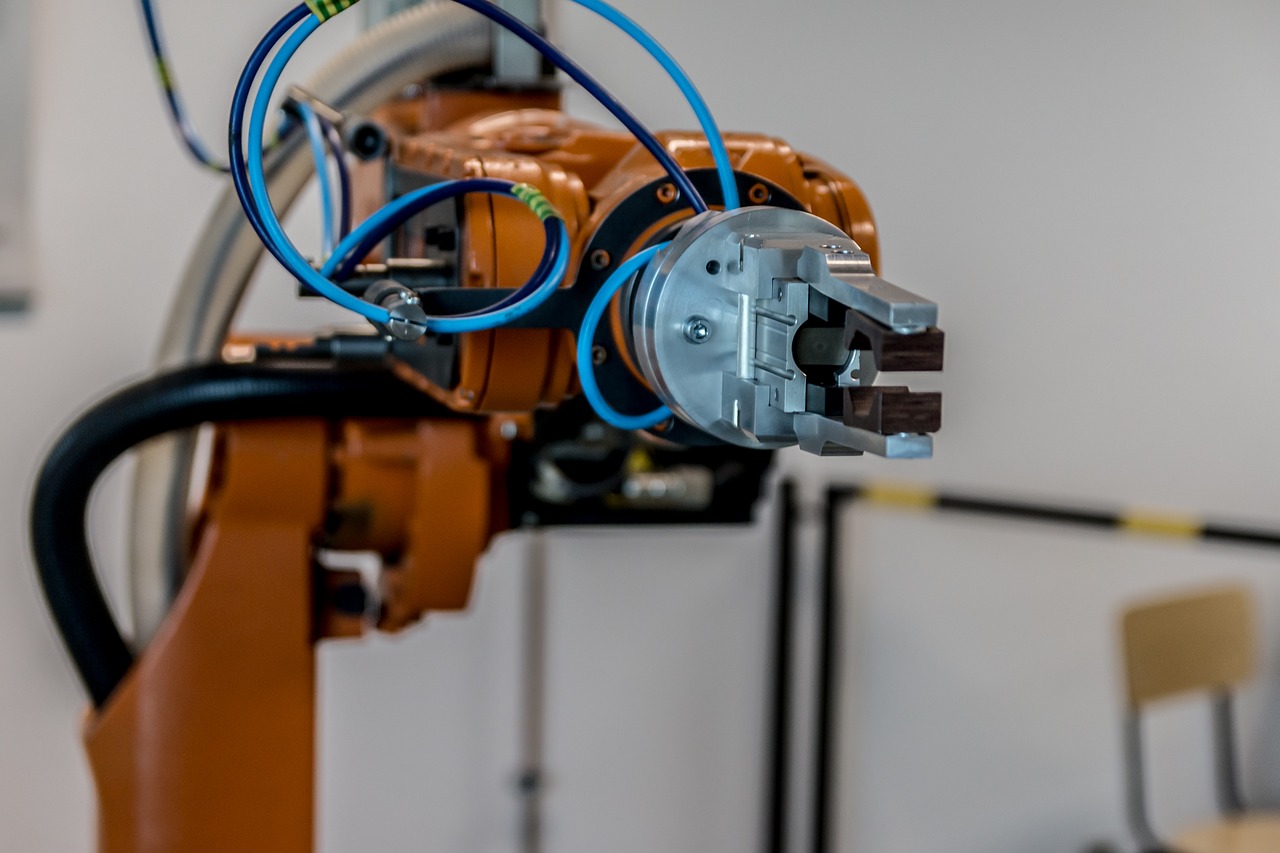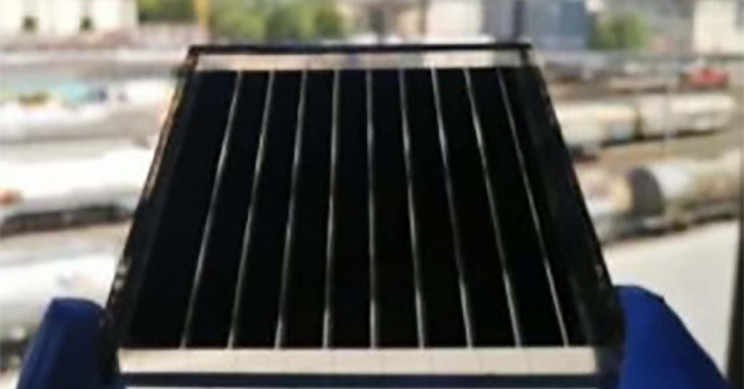Kvaerner, headquartered in Oslo, Norway, has just released a report estimating that unexploited reserves in the Arctic are about 400 billion BOE (barrel of oil and gas equivalent) but that high technology solutions will be required to exploit it. Extreme temperatures, ice conditions, remoteness, and a sensitive natural environment must be overcome.
Kvaerner has a history stretching back to the 19th century and the Industrial Revolution when it produced steam engines for rail and marine use and a range of industrial iron works. In the mid-1900’s Kvaerner was active in shipbuilding, hydro power, and wood processing and mechanical workshops. In the 1970s-80s they became involved in solutions for onshore and offshore oil and gas and processing projects.
Kvaerner is responsible for one of the largest and most complex engineering projects in history called “Troll A”. It is a gas production platform and the tallest structure ever moved by man relative to the earth. It has a gravity based structure (GBS), with a concrete substructure of 1,234 feet (376 m). The total height from the seabed to the tip of the flare is 1,579 feet (481 m), almost half a kilometer. Troll A weighs 683,600 tons; 1.2 million tons with ballast
This makes Troll A not only the world’s tallest GBS platform, but also the current holder of the title “the largest object ever made and moved by man.” Kvaerner performed the full EPC scope for both the substructure and the topside production facilities.
With over 40 years of experience in deep water solutions Kvaerner has developed concrete gravity based structures built with a robustness to meet conditions in the Arctic environment. Kvaerner designs allow year-round access to drill and maintain wells, minimum maintenance, support large top site weights, have a low life cycle cost, provide integrated oil storage and can be installed independent of heavy lift vessels.
GBS are installed on the seabed and are typically designed with ballast cells in the bottom of the structure. Cells can temporarily hold oil which can then be offloaded to shuttle tankers that regular intervals. The concrete structure can be de-ballasted, and floated and towed. It also allows float-over installation of the topsides after partly submerging the concrete substructure. Kvaerner designs each project according to its needs. Kvaerner also offers floating production platforms with a concrete hull or terminals and facilities with process equipment installed on a concrete foundation.
More floating platforms have been built to Kvaerner’s designs than floaters from any other contractor. They have a long history of building steel jacket substructures for offshore platforms, they’ve built many platform topsides considered to be among the largest and most complex in the world, they are a leader in delivery of onshore and offshore facilities in Arctic conditions and are the undisputed leader for concrete substructures for offshore platforms and LNG facilities.
The following video shows Troll A being towed.






